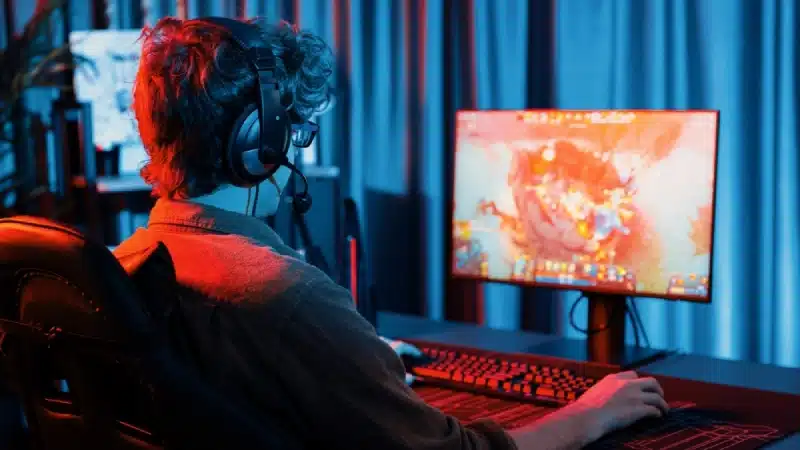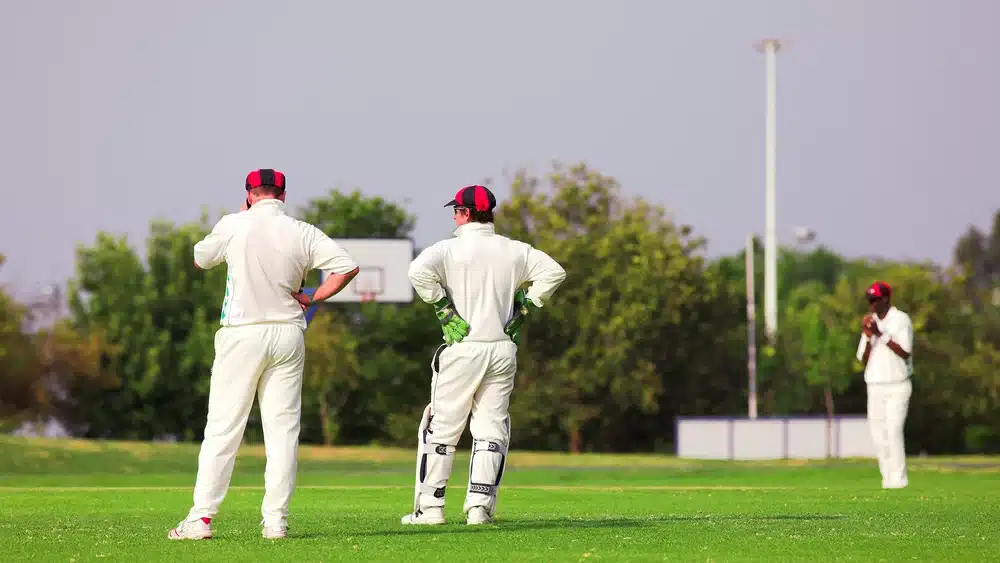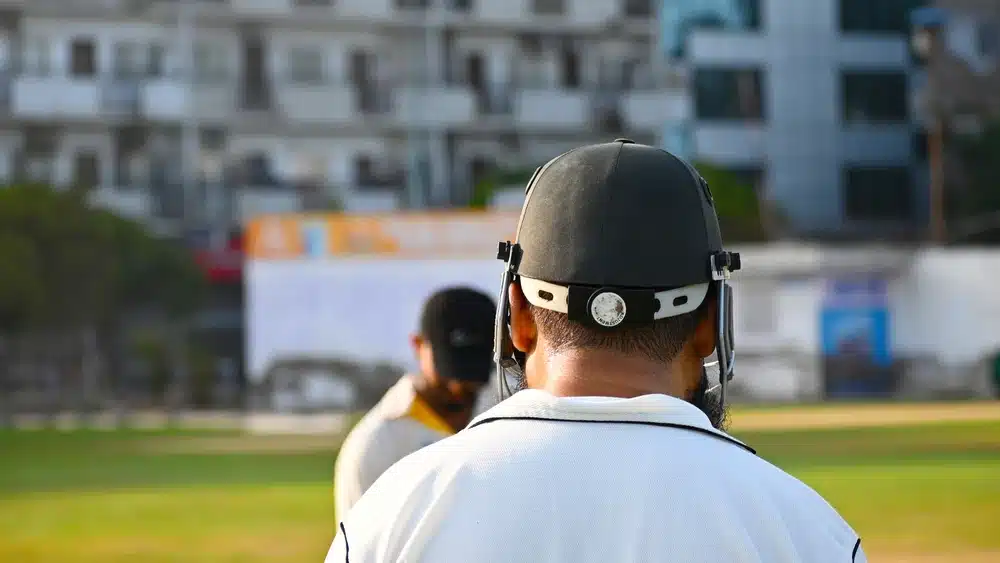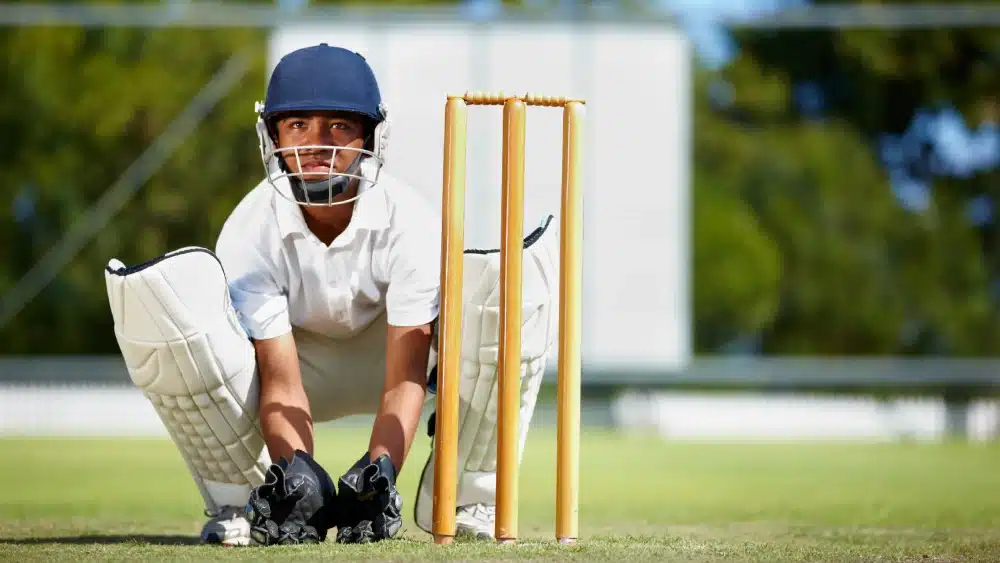Esports powerhouses: How top regions build elite players

Esports success doesn't simply happen. It comes from key factors that give top regions an edge. Good internet, training centres, and pro leagues help players grow.
Coaching and scouting improve skills and game sense. A strong amateur scene pushes players to get better. Culture also matters as some places see esports as a real job. Meanwhile, others still doubt it. Regions that get these things right keep making top players. Take a look at the places where the best teams and players thrive.
South Korea (KR)
South Korea’s esports success comes from a strong system. Government support, PC bangs (gaming cafés), and a deep gaming culture help young players grow. Pro teams train hard with strict schedules, expert coaching, and a focus on basics.
Top players rise through hard solo games and training leagues before going pro. Korea values quick moves and smart plays, making its players fast and sharp. Games like StarCraft, League of Legends, and Overwatch prove South Korea keeps making top players.
China (CN)
China’s esports boom comes from plenty of players, tough battles, and big funding. The country supports gaming with government programs, pro leagues, and training for young players.
Chinese teams play fast and boldly, led by top players who train in high-pressure matches. The LPL league helps new players grow, while pros train in the best setups. China dominates in League of Legends and Dota 2 and keeps improving to stay ahead.
Europe (EU)
Europe’s esports success comes from its strong player base and smart play. Unlike regions with one training system, the EU builds talent through tough local matches and different styles.
Denmark, France, and Germany produce top players in Counter-Strike 2, League of Legends, and Valorant. Solo queue is tough, forcing young players to face top competition early such as the League of Legends EMEA Championship (LEC).
Brazil (BR)
Brazil’s esports scene runs on passion, energy, and fearless plays. Players train in tough matches, from small local games to high-level solo queue battles. Money and support were once low, but teams rose through hard work and a strong community. CS2, Free Fire, and Valorant have many fans.
Southeast Asia (SEA)
Southeast Asia’s esports scene is built on mobile games, passion, and skill. PC games like Dota 2 and Valorant are popular, but Mobile Legends and PUBG Mobile lead the competition. SEA players are fast and skilled, shining in quick, intense games.
Many play in tough online matches because there aren’t plenty of top training centres. Money and teams can be shaky, but the region’s love for gaming keeps making new stars. As gaming gear improves, SEA could take on the world’s best.
The future of esports: Which region will take over next?
The next esports leader won’t be chosen by history but by change. China stays ahead by growing talent, while South Korea’s system is still the best. Europe’s flexible play and SEA’s mobile gaming rise make them strong rivals.
Brazil has big potential but needs better training. Overall, the key is good setups and smart scouting. The region that builds top players and keeps up with new strategies will lead the next era.













